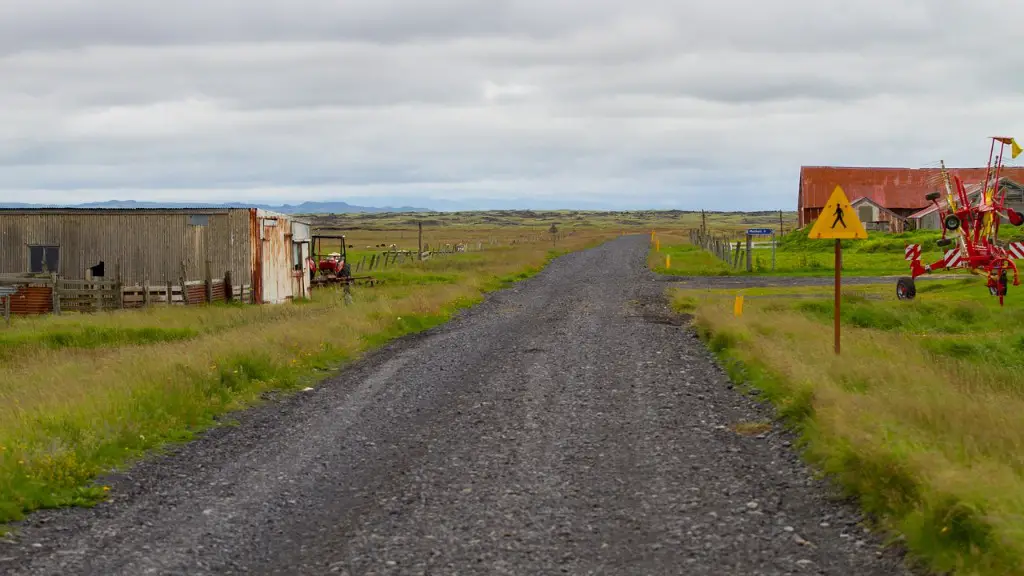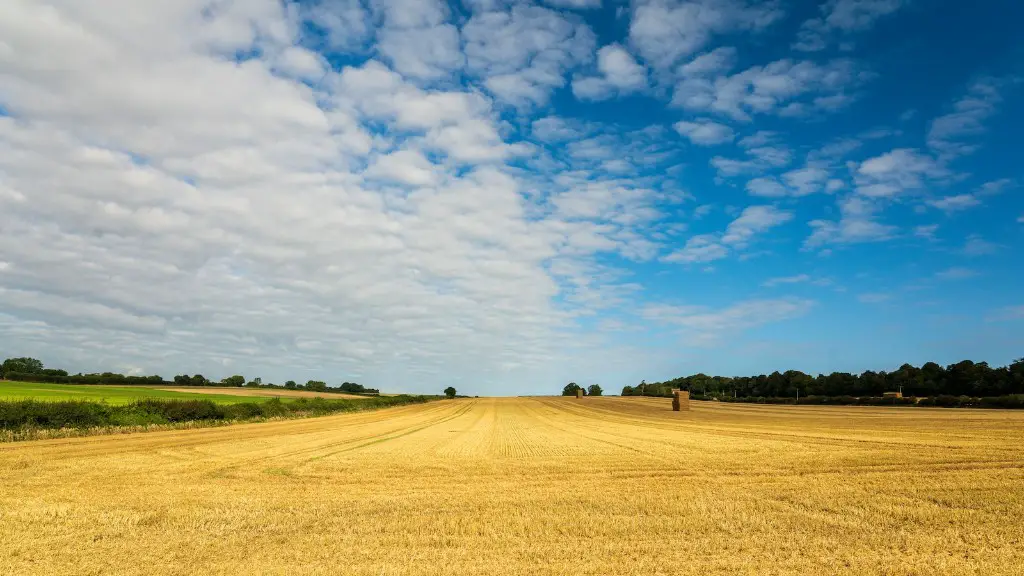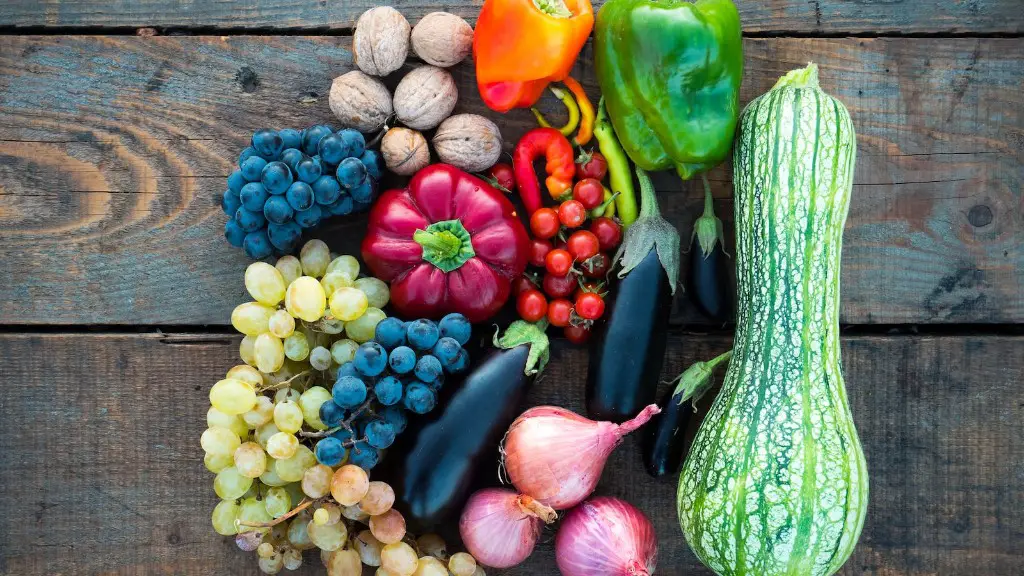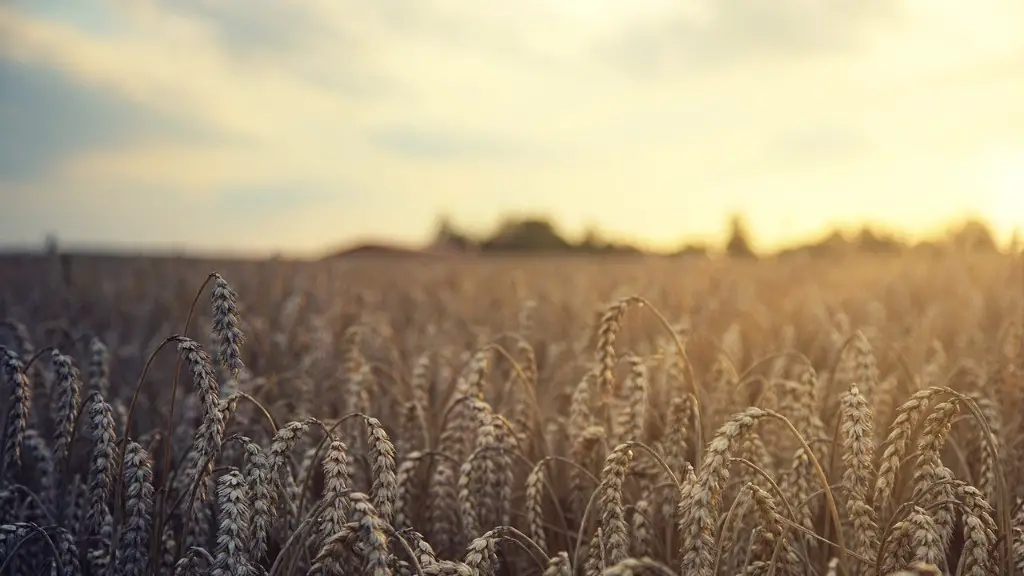The term “agriculture” includes activities such as crop production, animal husbandry, and forestry. It is one of the oldest human activities and has played a pivotal role in the development of civilizations. Agriculture allowed for the domestication of plants and animals, which led to the development of civilizations. The first evidence of agriculture dates back to 10,000 BC in the Fertile Crescent. Agriculture has undergone a number of changes over the millennia, including the development of new technologies, the commercialization of agriculture, and the globalization of agriculture.
The Green Revolution was a turning point for agriculture, as new technologies and management practices led to increases in production. One of the most significant changes was the introduction of high-yielding varieties of wheat and rice, which dramatically boosted production. The use of chemical fertilizers and pesticides also increased, helping to further improve yields. Mechanization also played a role, as tractors and other equipment became more widely available. These changes have led to a more efficient and productive agricultural sector, providing food for a growing global population.
What changes have been made in agriculture?
Farm automation technology is becoming increasingly popular due to the benefits it offers. Some of the major technologies that are most commonly being utilized by farms include: harvest automation, autonomous tractors, seeding and weeding, and drones. Farm automation technology addresses major issues like a rising global population, farm labor shortages, and changing consumer preferences. By automating various tasks on the farm, farmers are able to increase efficiency and productivity, while also reducing labor costs.
Precision agriculture and robotic systems are becoming more and more commonplace in today’s agricultural industry. These advanced technologies allow businesses to be more profitable, efficient, and environmentally friendly while also improving safety conditions for workers. GPS technology, for example, can be used to direct machinery to specific areas of a field with great accuracy, while sensors can monitor conditions like temperature and moisture levels to optimize growth conditions. Aerial images can also be used to detect crop health and growth patterns. Ultimately, these sophisticated technologies are helping to make agriculture more precise and efficient, resulting in better yields and higher profits.
What was the major change caused by the agricultural
The agricultural revolution was a time of great change for humans. It led to a dependence on the land and an increased fear of scarcity. It also led to a decline in nutrition and an increase in infectious diseases.
The large-scale adoption of automated technology is transforming how farmers cultivate their crops. Automated harvesters, drones, autonomous tractors, seeding, and weeding reduce labor time, increase yields, and improve resource efficiency. This technology is helping farmers to improve their operations and become more competitive in the marketplace.
How was agriculture improved?
Over time, agricultural technology has become more and more advanced, leading to higher yields and better quality food and fiber. The tractor was introduced, followed by new tillage and harvesting equipment, irrigation and air seeding technology. All of these advances have made a huge impact on agriculture, and have helped to improve the quality of life for those in the agricultural industry.
Smart farming is a new concept that is gaining popularity as it offers many benefits over traditional farming methods. With smart farming, farmers can use technology to improve the efficiency of their operations while reducing crop losses. Some of the key benefits of smart farming include:
1. Increased yields: Smart farming can help farmers increase their yields by using technology to optimize planting, irrigation, and other key factors.
2. Reduced costs: By using technology to automate tasks and improve efficiency, farmers can reduce their overall costs.
3. Reduced crop losses: One of the biggest advantages of smart farming is the ability to reduce crop losses. With technology like computer vision, farmers can quickly identify and address problems like pests or disease.
4. Improved sustainability: Smart farming can help improve the sustainability of agriculture by reducing the need for inputs like water and fertilizer.
5. Better decision making: With access to data and analytics, farmers can make better decisions about their operations.
Overall, smart farming is a promising new concept that offers many benefits for farmers. As the technology continues to develop, we can expect to see even more advantages in the future.
How has agriculture changed over the last 30 years?
Crop demand has changed considerably over the last 30 years, with corn yields increasing by 50%. This change in demand has been accompanied by big changes in crop supplies, with soybean and corn area planted increasing, but wheat acreage declining by a third. In 1992, Americans consumed about the same amount of chicken as beef.
The Agricultural Revolution was a period of rapid agricultural development that took place in Europe between the 16th and 19th centuries. It was characterized by an increase in agricultural production and productivity, along with new agricultural technologies and practices. This period of agricultural development led to unprecedented population growth and new agricultural practices, triggering such phenomena as rural-to-urban migration, development of a coherent and loosely regulated agricultural market, and the rise of the modern agrarian state.
How did society change with agriculture
denser populations would require more food, small settlements would require less food, freeing people up to pursue other interests
The agricultural revolution was a game changer for humanity. For the first time, we were able to settle down and build communities. This allowed for the development of civilizations and the advancement of human knowledge and technology.
How has American agriculture changed over time?
The United States had between six and seven million farms from 1910 to 1940 (figure 1). A sharp decline in the number of farms occurred from the 1940s to the 1980s. At the same time, the average farm size more than doubled, from about 150 acres to around 450 acres.
The decline in the number of farms was largely due to the mechanization of agriculture and the consolidation of farmland. These trends led to larger and fewer farms, as well as to the displacement of many small farmers. The average farm size increased as farms became more specialized and efficient.
The increase in farm size has had both positive and negative effects on farmers. On the one hand, large farms are able to take advantage of economies of scale, which can lead to lower production costs. On the other hand, large farms can be more difficult to manage and can be less resilient to changes in the market or the environment.
The Second Agricultural Revolution, which began in the early 19th century, had a profound impact on the world. It led to advances in food production, which in turn led to better diets, longer life spans, and an increase in population. As population increased, so did the pool for workers in industry. This had a ripple effect on the economy, and the world became more interconnected than ever before.
What has changed agriculture the most in recent years
The agriculture industry has seen a lot of changes in the past 50 years. With advances in machinery, farmers have been able to cultivate more land in a shorter amount of time. Additionally, seed, irrigation, and fertilizers have also seen improvements, which has helped farmers increase their yields.
In the past, farmers had to rely on manual labor to plant and harvest their crops. However, over time, various inventions have been created that have greatly improved efficiency and productivity.
The reaper is a machine that was invented in the early 1800s that was used to cut down small grains. This made the process of harvesting much faster and easier.
The thresher is a machine that was invented in the early 1900s that was used to remove kernels from the straw. This made the process of preparing grain for sale much easier and less time-consuming.
The steam engine was invented in the late 1700s and was used to power various machines on the farm, such as the reaper and thresher. This made farm work much easier and faster.
The combine is a machine that was invented in the early 1900s that was used to harvest and thresh grain at the same time. This made the process of harvesting and preparing grain for sale much easier and less time-consuming.
The automobile was invented in the late 1800s and was used to transport crops and other farm products to market. This made farming much more efficient and profitable.
The tractor was invented in the early 1900s and was used to
What are 4 ways to improve the agriculture?
Mark Jones is an agricultural economist and the author of “The World Food Economy.” In his opinion, the world needs to take several steps in order to increase food production and meet the demand of a growing population. These steps include:
-Developing high-yield crops
-Boosting irrigation
-Increasing the use of fertilizers
-Improving market access, regulations, and governance
-Making better use of information technology
-Adopting genetically modified (GM) crops
-Reforming land ownership with productivity and inclusiveness in mind
The Government has introduced various initiatives for the farmers from time to time. The Pradhan Mantri Fasal Bima Yojana (PMFBY), Pradhan Mantri Krishi Sinchai Yojana (PMKSY) and the Pradhan Mantri KisanSamman Nidhi (PM-Kisan) scheme are some of the initiatives taken by the government. These schemes aim to provide financial assistance to the farmers and help them in getting access to better technology and inputs.
Warp Up
There have been many changes in agriculture over the years. One of the most significant changes is the switch from traditional farming methods to more modern, scientific methods. This has resulted in a more efficient and productive use of land and resources, and has led to higher yields and better quality crops. Another change is the increasing use of technology in agriculture, from GPS systems and drones to precision irrigation and automated harvesting. This has made farming more efficient and accurate, and has helped to improve yields and decrease wastage.
The changes in agriculture are evident in many ways. The use of technology has allowed farmers to increase production while decreasing labor costs. This has resulted in lower food prices and a more stable food supply. In addition, the introduction of new crops and the use of more efficient irrigation systems has led to increased yields and a more diversified agricultural sector.





